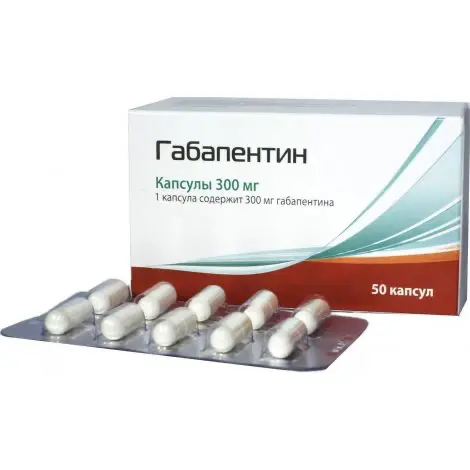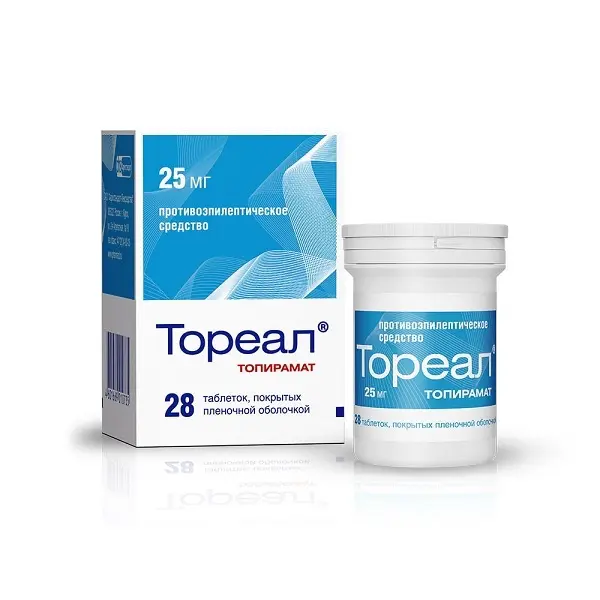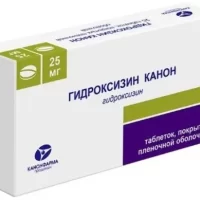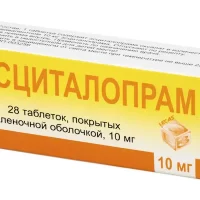Description
Gabapentin Pharmacodynamics
Gabapentin is similar in structure to the neurotransmitter gamma-aminobutyric acid (GABA), but its mechanism of action differs from other drugs that interact with GABA receptors (valproic acid, barbiturates, benzodiazepines, GABA transaminase inhibitors, GABA capture inhibitors, GABA agonists and prodrug forms of GABA). It has no GABAergic properties and has no effect on GABA capture or metabolism. Preliminary studies have shown that gabapentin binds to the alpha2-gamma subunit of voltage-dependent calcium channels and reduces calcium ion flux, which plays an important role in causing neuropathic pain. Other mechanisms of action of Gabapentin in neuropathic pain are reduction of glutamate-dependent neuronal death, increase of GABA synthesis, suppression of monoamine group neurotransmitters release. Gabapentin in clinically relevant concentrations does not bind to receptors of other common drugs or neurotransmitters, including GABA, GABA-B, benzodiazepine, glutamate, glycine receptors or
N-methyl-D-aspartate. Unlike phenytoin and carbamazepine, Gabapentin does not interact with sodium channels in vitro. Gabapentin partially attenuated the effects of the glutamate receptor agonist N-methyl-D-aspartate in some in vitro tests, but only at concentrations greater than 100 μmol, which are not achieved in vivo. Gabapentin slightly reduces the release of monoamine neurotransmitters in vitro.
Indications
monotherapy or as an adjunctive treatment for partial seizures with or without secondary generalization in adults and children from 12 years of age;
– neuropathic pain in adults (18 years of age and over).
Contraindications
– Hypersensitivity to any of the ingredients of the drug,
– age under 12 years of age for partial convulsions.
With caution: renal failure.
Dosage and administration
- Orally, swallowed as a whole, regardless of meals and drinking plenty of fluids. If it is necessary to reduce the dose, to cancel the drug or to replace it with an alternative medicine, this should be done gradually over a period of at least one week.
- Neuropathic pain in adults
The initial daily dose is 900 mg divided into three doses; if necessary, the dose is gradually increased to a maximum of 3600 mg/day. Treatment can begin immediately with a dose of 900 mg/day (300 mg three times a day) or during the first 3 days the dose can be gradually increased to 900 mg per day according to the following scheme:
Day 1: 300 mg once daily;
Day 2: 300 mg twice a day;
Day 3: 300 mg three times a day.
Partial seizures. - Adults and children over 12 years of age: effective dose is 900 to 2400 mg/day. Therapy may be started with a dose of 300 mg 3 times daily on the first day or increased gradually to 900 mg according to the scheme described above (see section “Neuropathic pain in adults”). Subsequently, the dose may be increased to a maximum of 3600 mg/day (divided into 3 equal doses). The maximum interval between doses in triple doses should not exceed 12 hours in order to avoid recurrence of seizures.
- Dosage adjustment in renal failure
For patients with renal failure it is recommended to reduce the dose of Gabapentin according to the table:
Creatinine clearance (ml/min) Daily dose (mg/day)
> 80 900-2400
50-79 600-1200
30-49 300-600
15-29 150*-300
< 15 150*
* Prescribe 300 mg every other day - Guidelines for patients on hemodialysis
- For patients on hemodialysis who have not previously taken Gabapentin, a saturation dose of 300-400 mg is recommended and then 200-300 mg every 4 hours of hemodialysis





